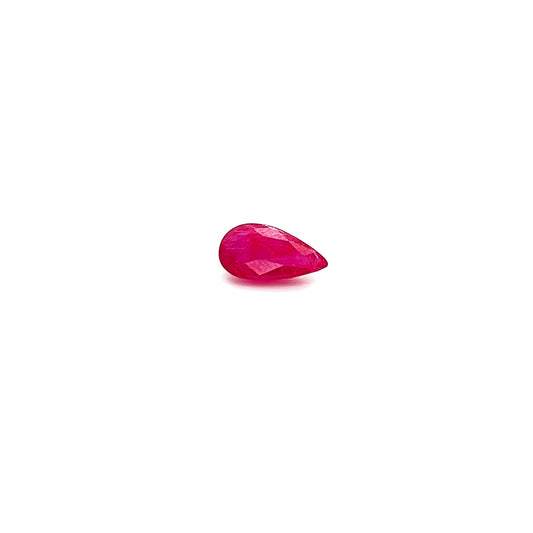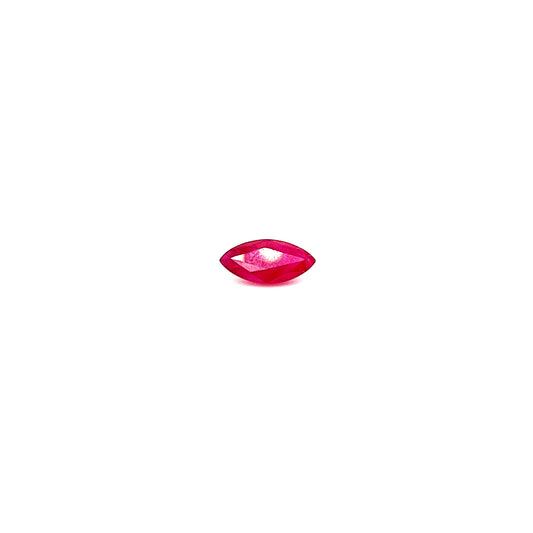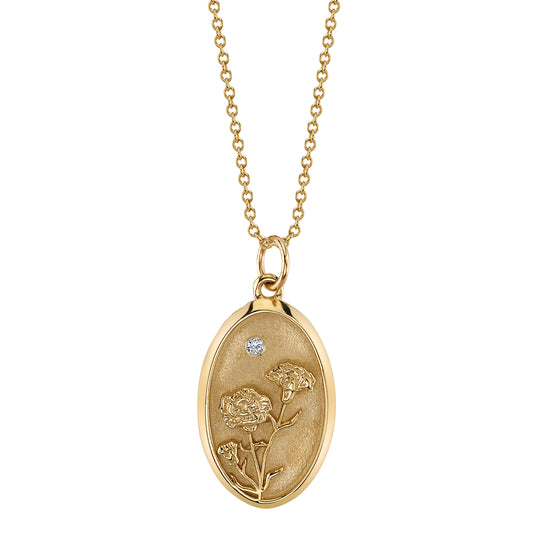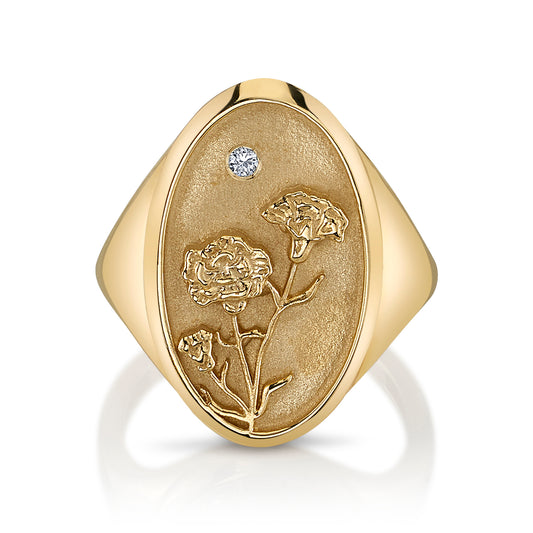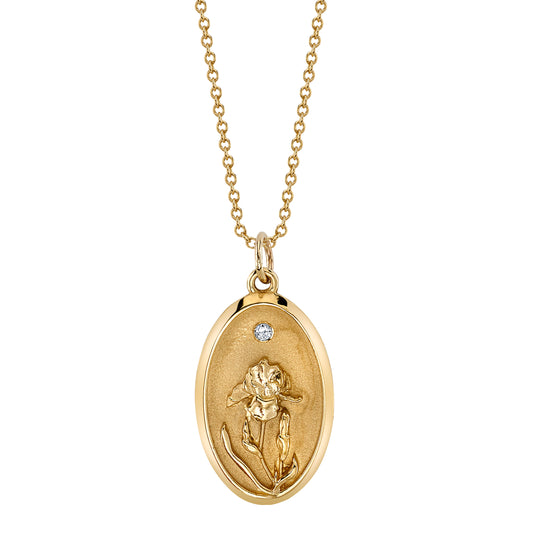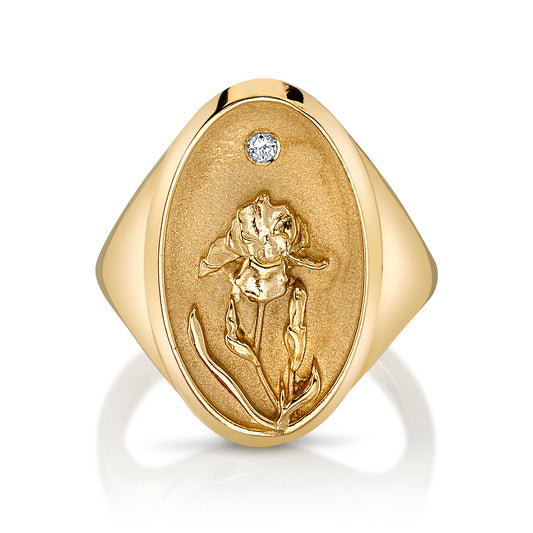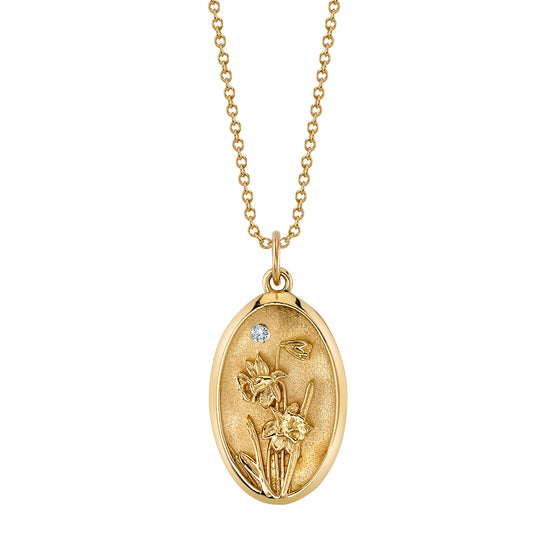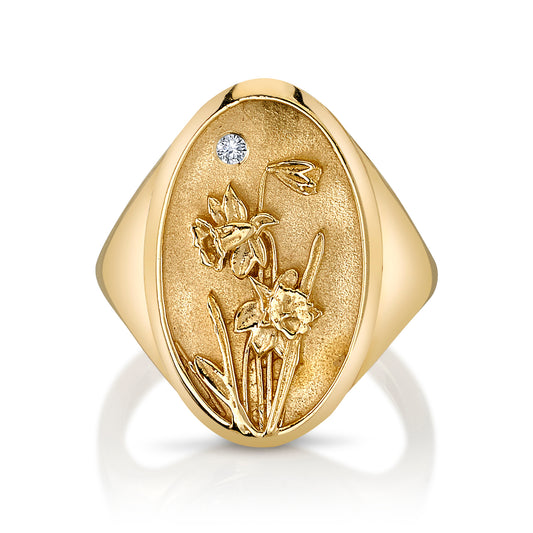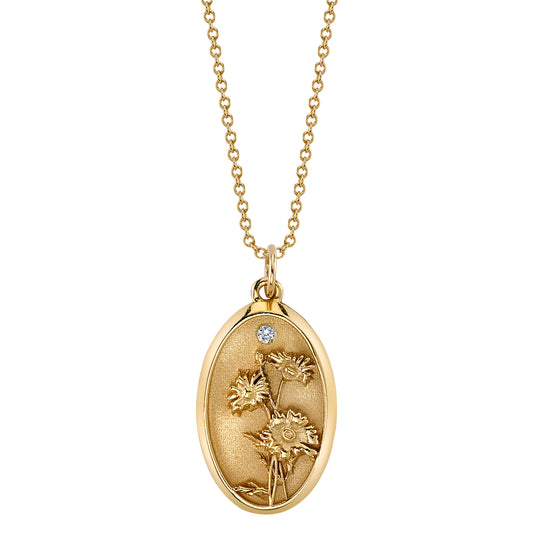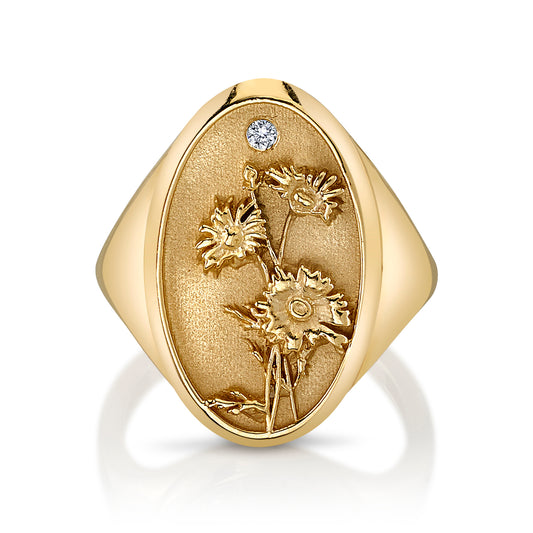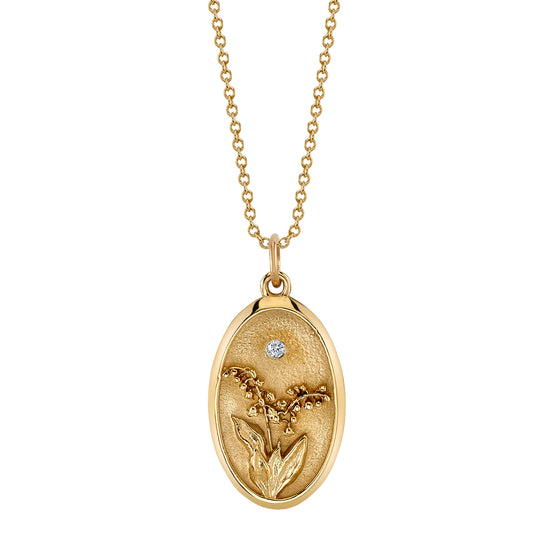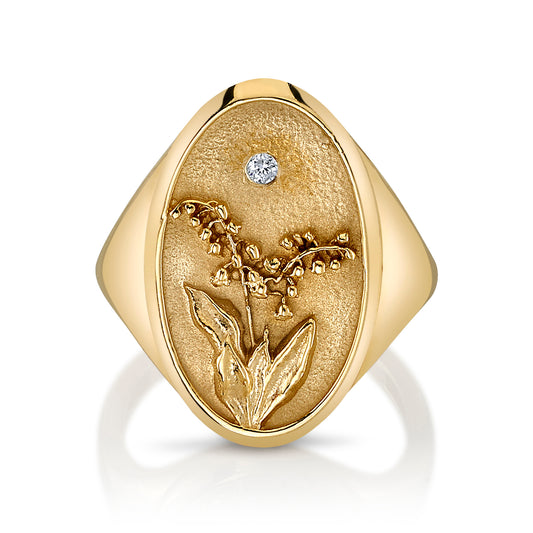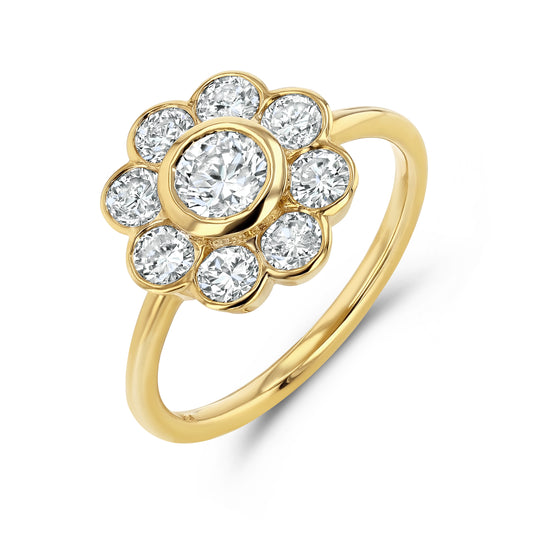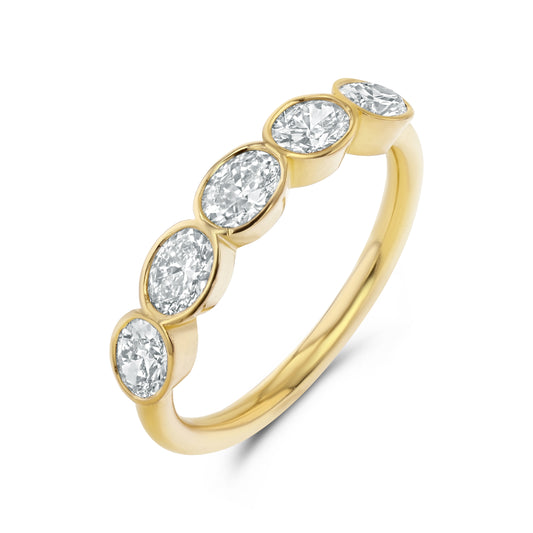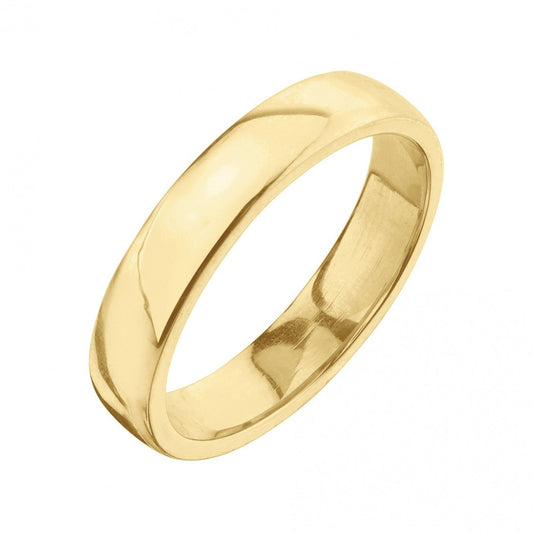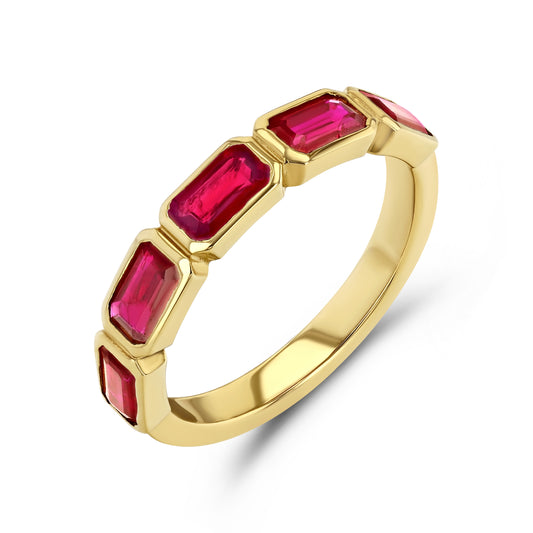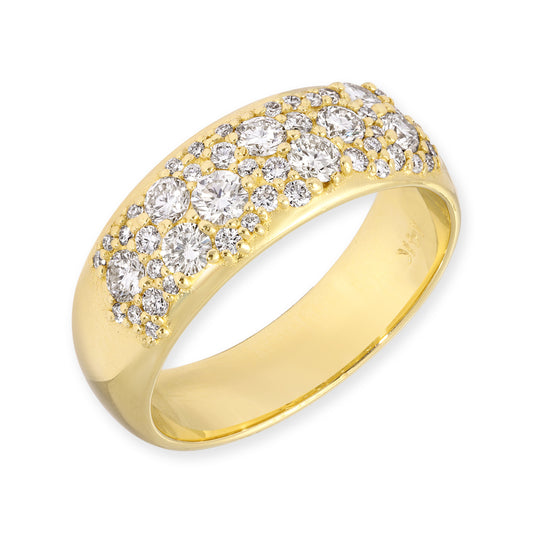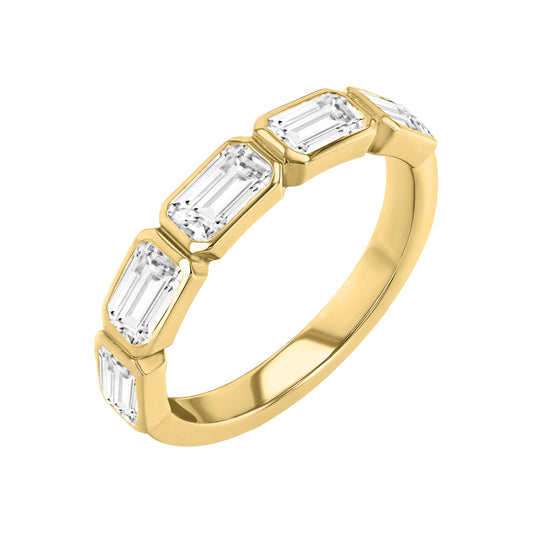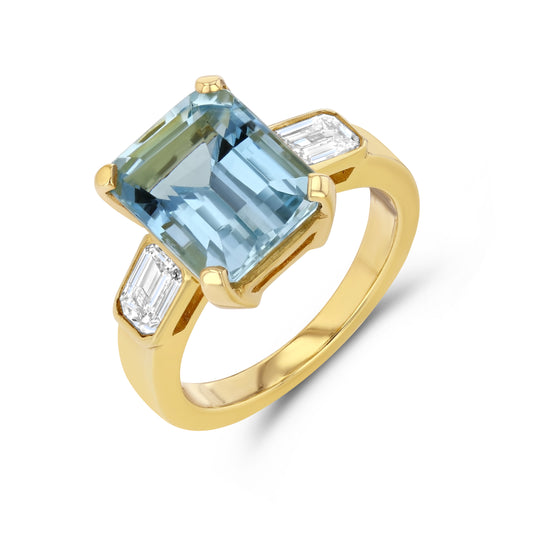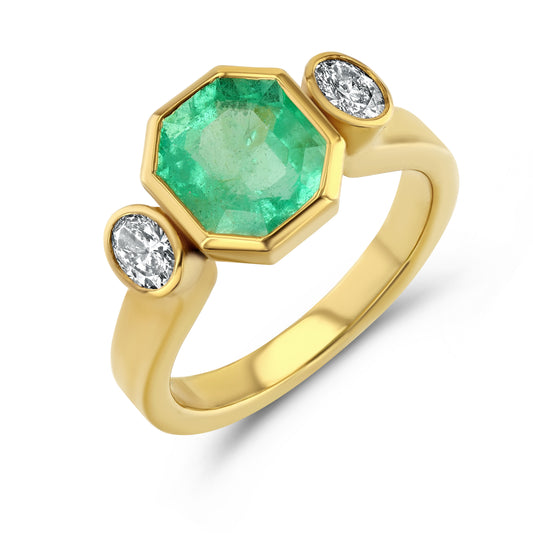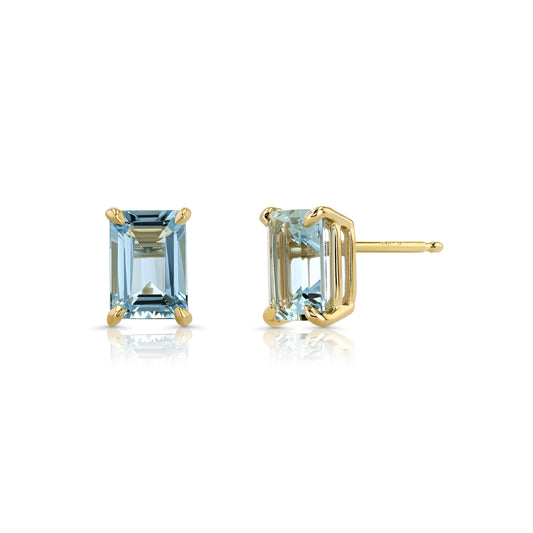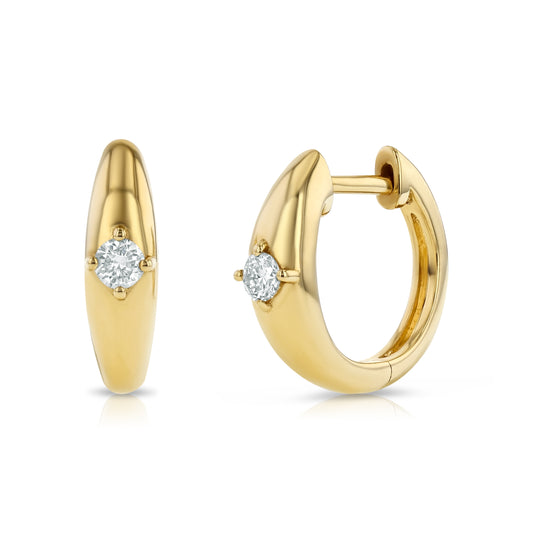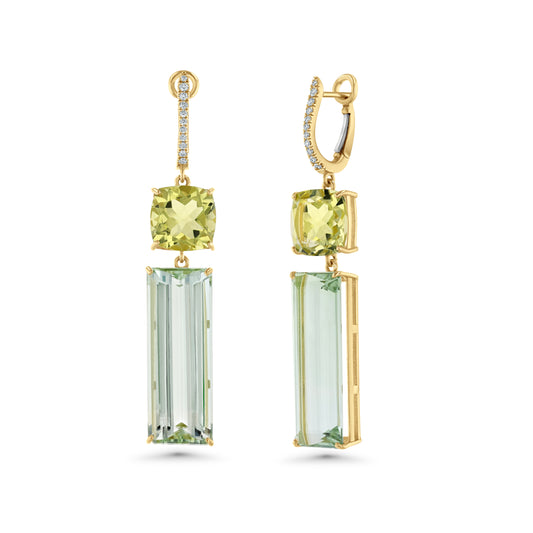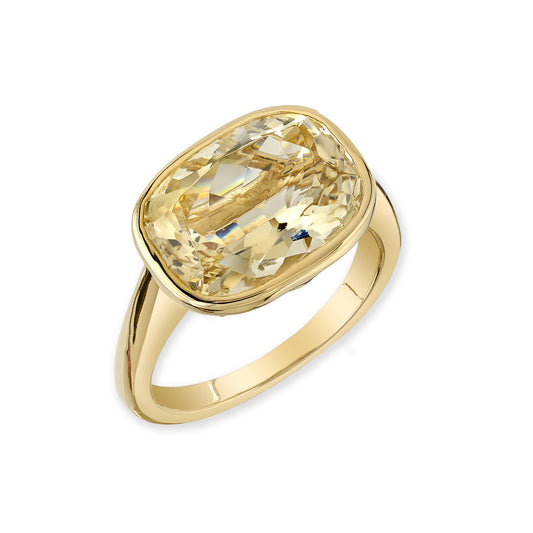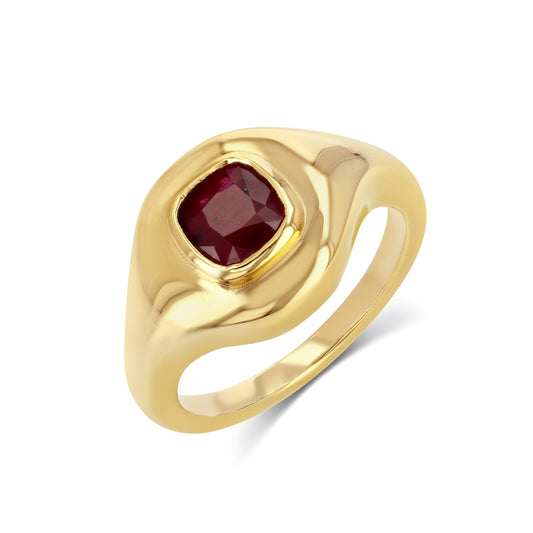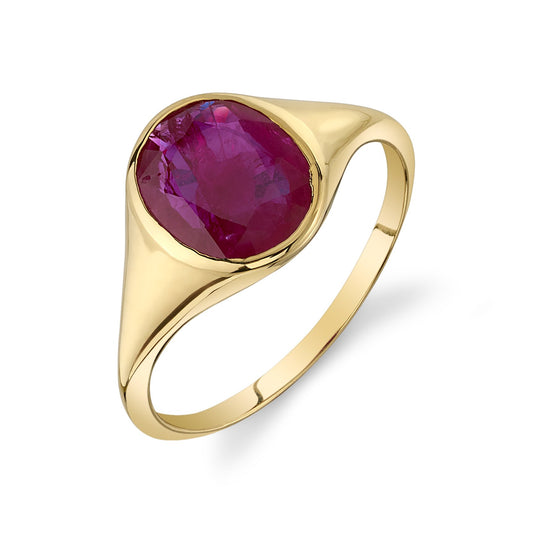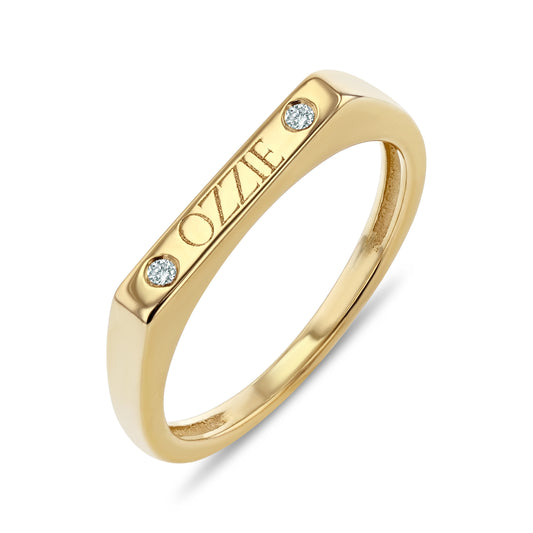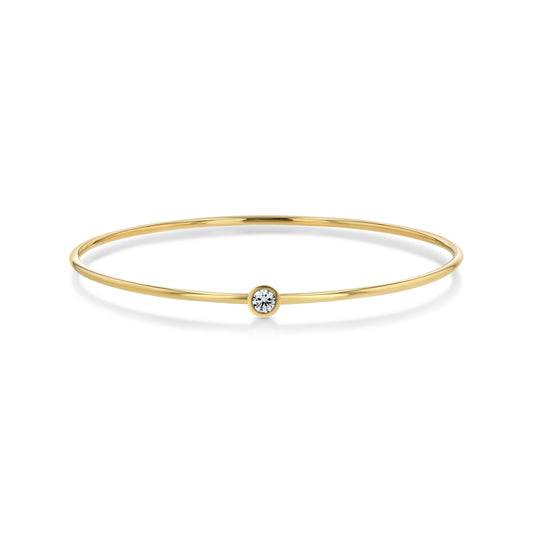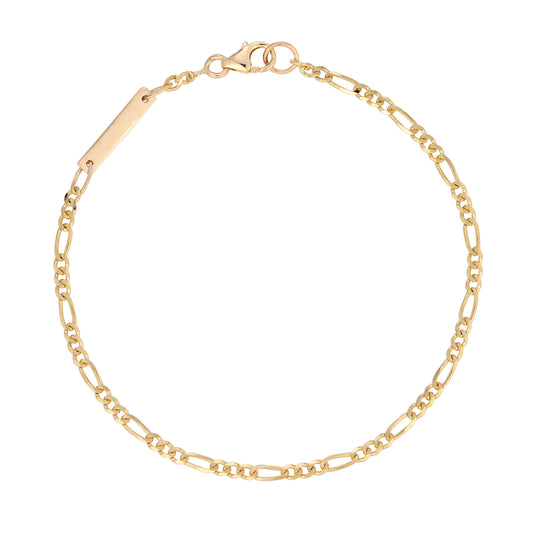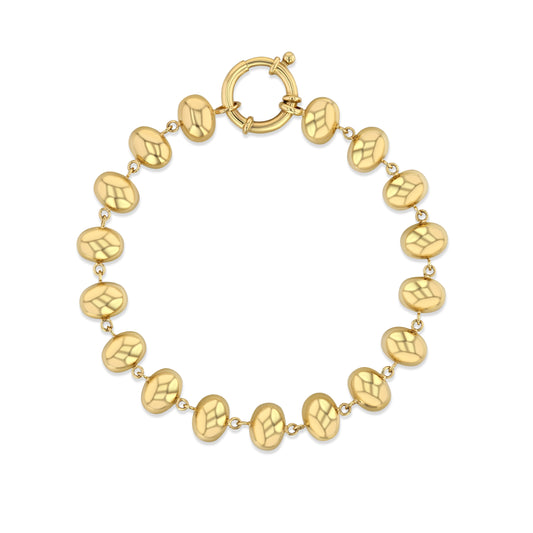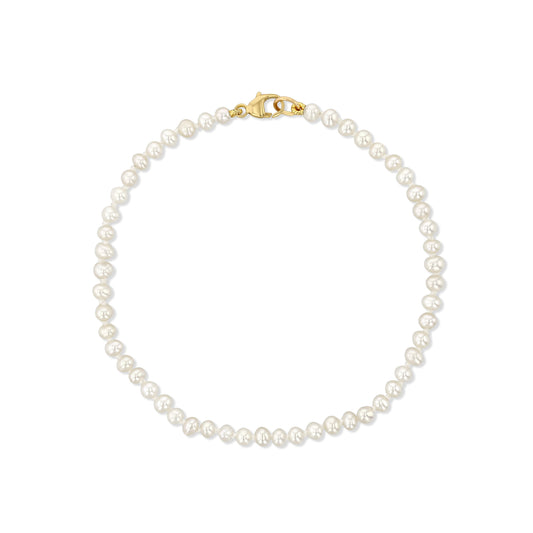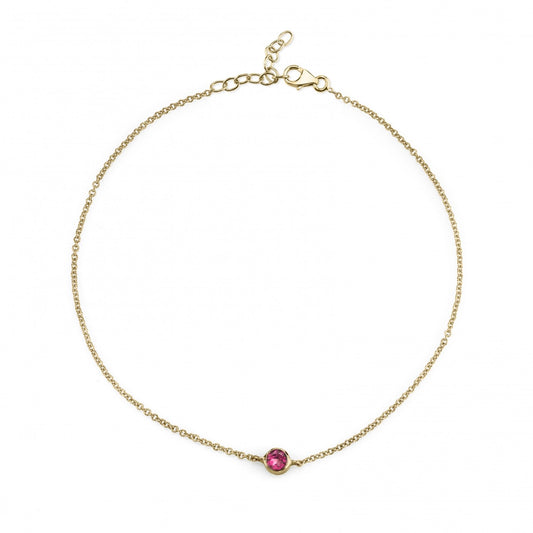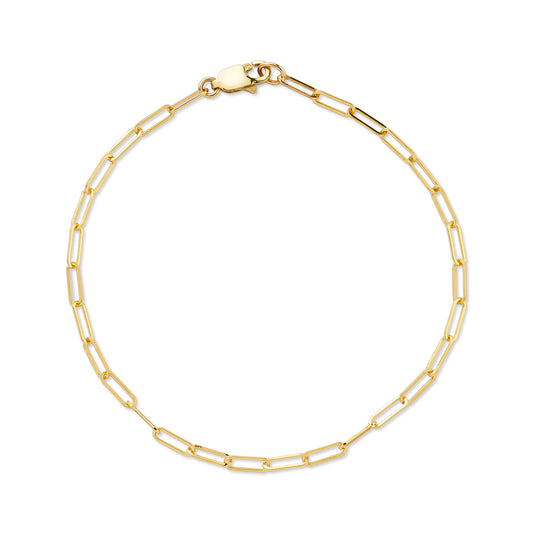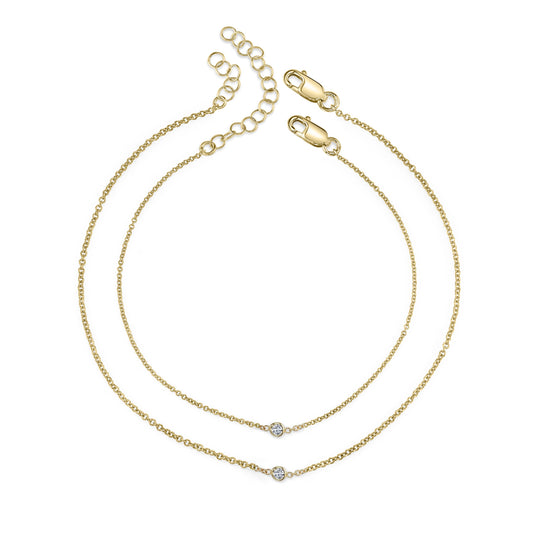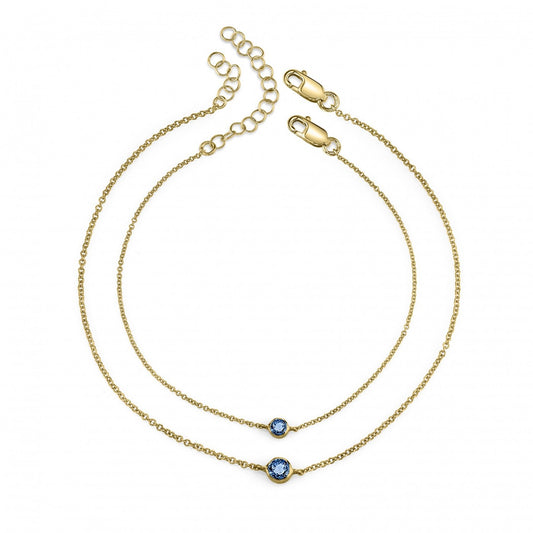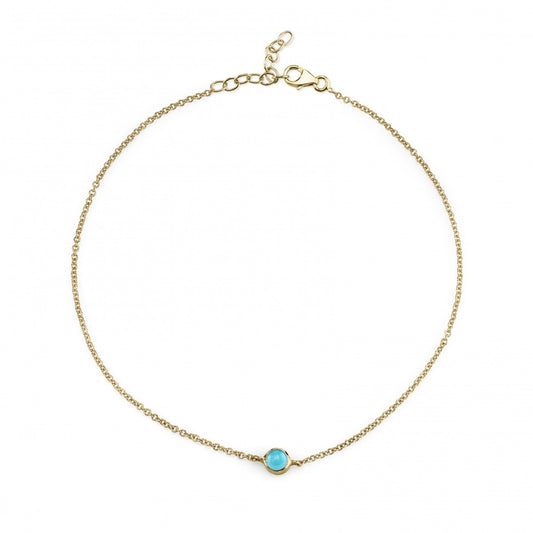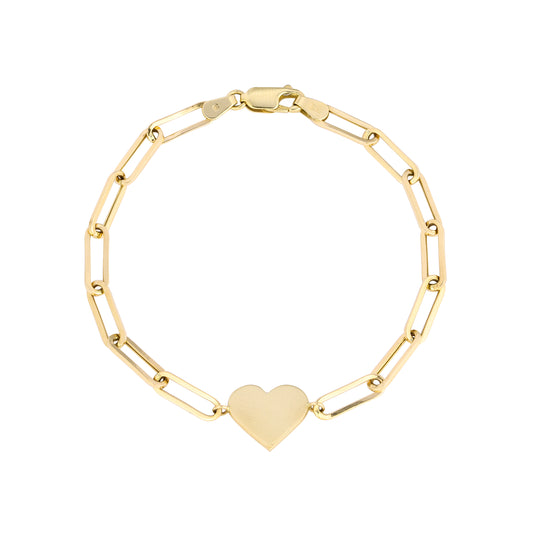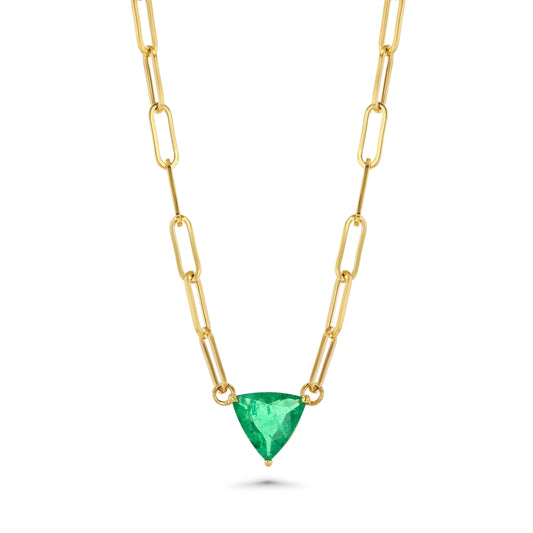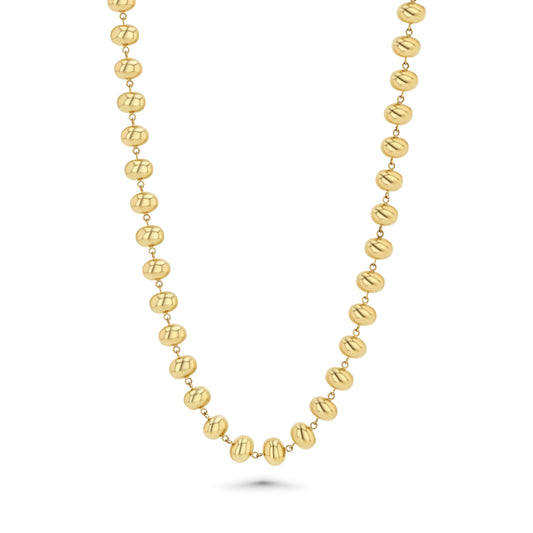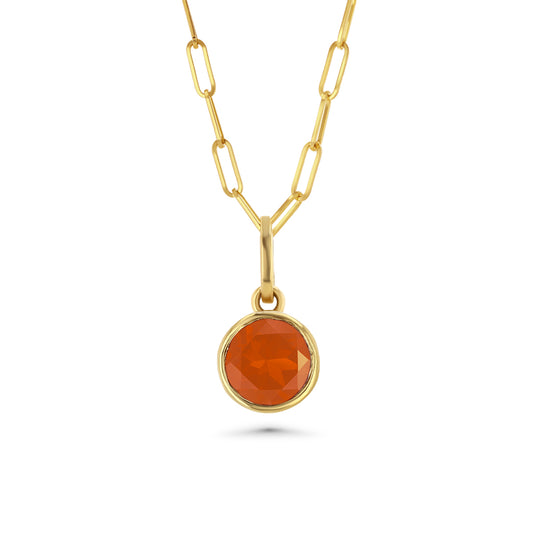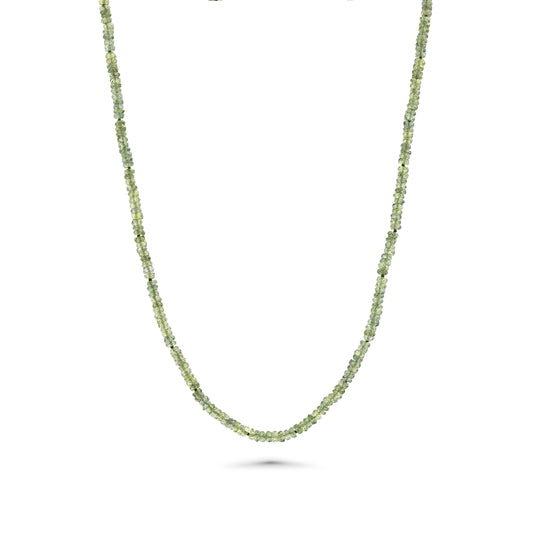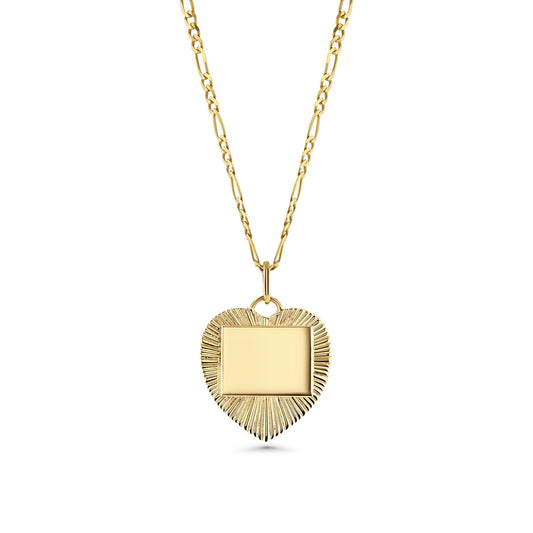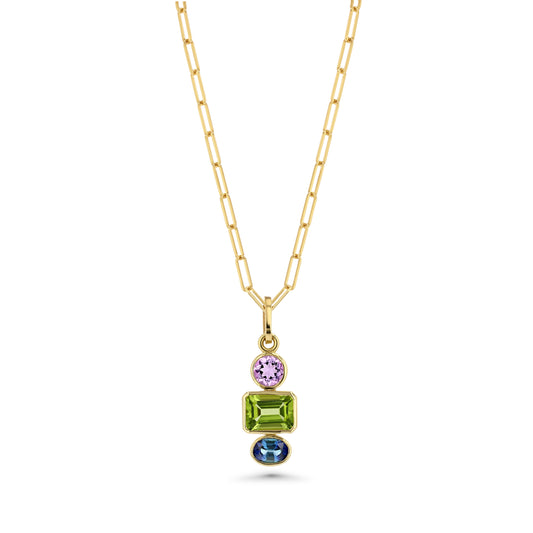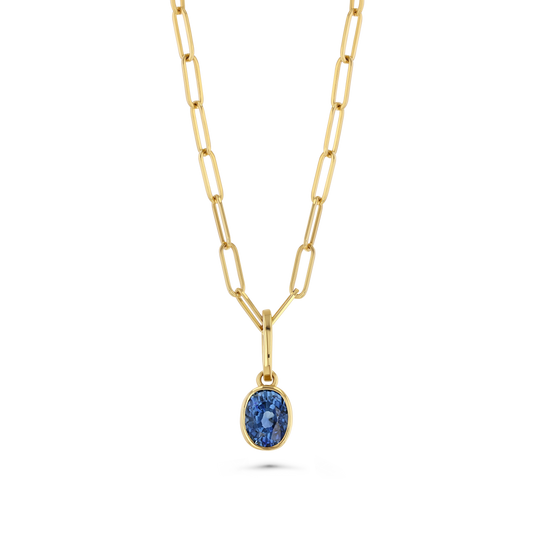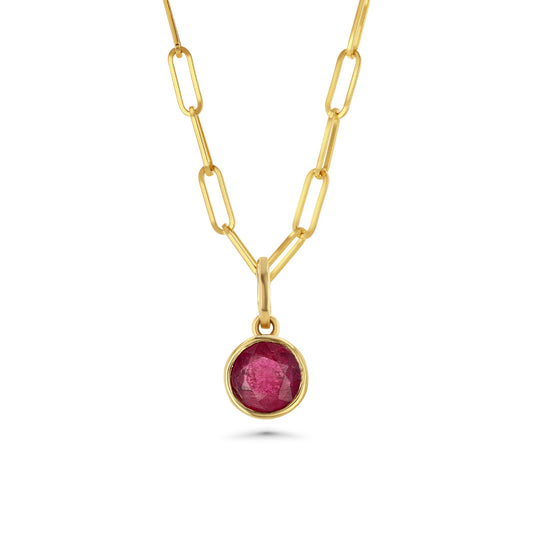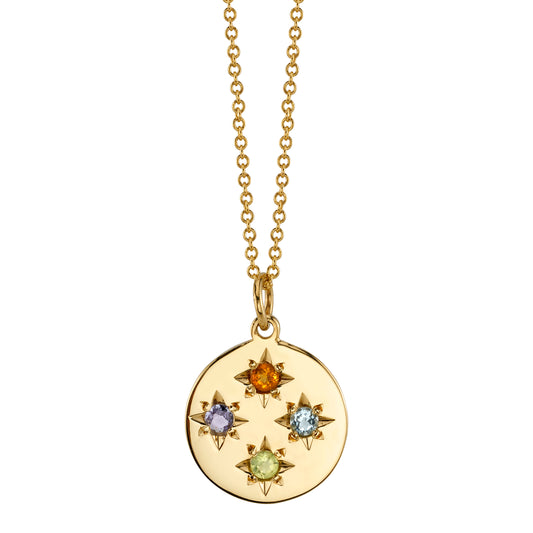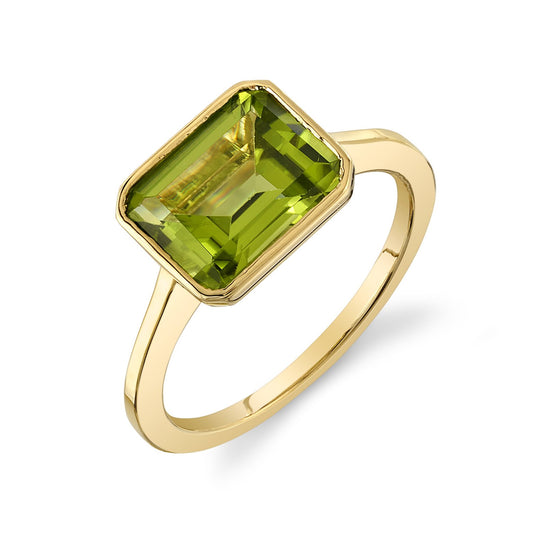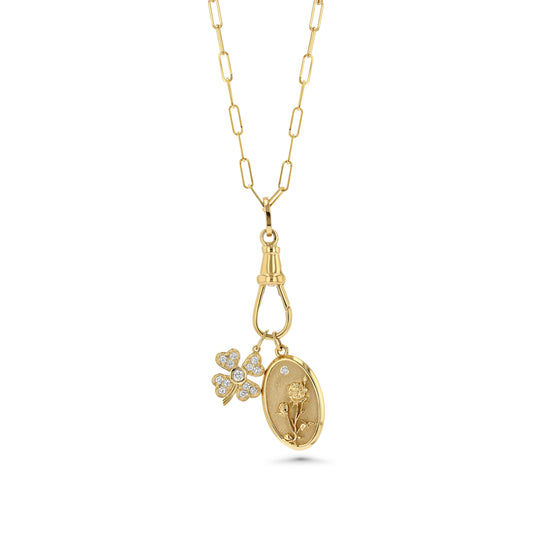Where do birthstones come from?
Everyone's heard the term birthstone and probably knows what birthstone is associated with the month they were born in, but do you know why? Or what birthstones are for other months?
The original birthstone concept is believed to have stemmed from Exodus 28 of the bible, where Moses has a breastplate made for Aaron with the 12 stones signifying the 12 months of the year and the 12 tribes of Israel. The 12 stones of Aaron’s breastplate do have some crossover with our modern birthstone picks, but are in fact listed slightly differently depending on what bible version you read.
The more modern interpretation of wearing one stone to represent one month, actually has disputed origins. The Gemological Institute of America says it began in Germany in the 1560s. Famed mineralogist and collector George Frederick Kunz, says it began in Poland in the 1700’s.
Overtime and in different cultures the list of birthstones has been altered many times. So in 1912 the Jewelers of America officially created the first standardized list to match the times and tastes of the public in United States. Since 1912 that list has been updated several times, adding and subtracting a few stones. The last time it was updated was in 2002, when the American Gem Trade Association named is a December birthstone along with blue zircon and turquoise.
Birthstones, are a fun and appealing way to connect with the history and lore behind different stone. Each stone has many myths and attributes associated with it, that many believe are reflective of the birth month. It’s up to you to choose what you believe in or not, but learning about birthstones is always entertaining and educational! And they make a personal and unique gift!
And as always, never hesitate to reach out to us at hello@starlingjewelry or via DM's on our Instagram if you have question! We love to chat all things jewelry.
Let’s go through the year to see what every birthstone represents:
- January’s birthstone has been used in jewelry since ancient Rome.
- Occurs in nearly every color, the most popular color being a dark orangey-reddish. The rare blue garnet was discovered more recently in Madagascar in 1990.
- It is believed to protect the wearer from evil and disaster
SHOP GARNET
- February’s birthstone is a purple hue of quartz and the most valued quartz variety
- Worn by St. Valentine in a ring carved like cupid.
- Believed to sharpen the wearer’s intelligence and ward of negativity.
SHOP AMETHYST
- The birthstone of March is a variety of light greenish-blue gems.
- The stone of sailors, it is thought to calm waves and keep those at sea safe.
- Believed to enhance happiness in marriages, give courage and increase intelligence.
SHOP AQUAMARINE
- April’s famous birthstone is the hardest naturally occurring substance on earth.
- Diamonds can form in many ways, one being beneath layers of earth until reaching the surface. Another few ways they can form is through asteroids and meteorites hitting earth. Their clarity and sparkle comes from the pressure they endure.
- Romans believed them to be splinters of fallen stars, and today diamonds symbolize love and prosperity.
SHOP WHITE DIAMOND
- May’s birthstone is the iconic green emerald, which can vary from deep to light in color.
- A treasured stone for over 4000 years, it is believed to be precious symbol of love, rebirth and eternal youth.
- The lush green is a calming color and is said to soothe vision and bring comfort to the wearer.
SHOP EMERALD
Pearl
- All pearls are produced within the mantle of a living shelled mollusk and form when the mollusk produces layers of nacre around an irritant inside its shell. It can happen randomly in nature or with the aid of humans.
- Ancient Greeks believed pearls brought harmony to marriage.
- It’s the original Margarita! The Roman word for pearl is Margarita, and Cleopatra famously drank dissolved pearls in wine.
SHOP PEARL
Alexandrite
- A form of chyrsoberyl that displays a color change under varying lighting, it’s a green stone in daylight and a red stone in incandescent light.- first discovered in 1830 in Russia’s Ural Mountains and named after Alexander II- Thought to be a stone of very good omen and bring good luck
Moonstone
- the ethereal glowing look of moonstone is created by a optical phenomenon called adularescence, referring to the way the internal structure of gemstone scatters light- In Hindu mythology the stone is thought to be created from moonbeams and is thought to bring good luck. It is also thought to represent motherhood.
- July’s birthstone is a red form of corundum, like sapphire
- In Sanskrit, ruby means “king of gems” and is the most valuable colored gem
- A significant stone in many cultures, it is a symbol of passion and energy, and said to bring love and success
SHOP RUBY
- The August birthstone is a limey bright green color that Egyptians called the “gem of the sun”
- Found in meteorites as old as the Earth – 4.6 billion years!
- Believed to protect from evil spirits, bring good luck, and bring peace
SHOP PERIDOT
The September birthstone is most well-known to be blue, but sapphires can actually also be yellow, orange, green, brown, purple, pink, gray or black.
Long associated with the sky and heavens.
Thought to protect from evil, attract good blessings, and symbolize truth.
SHOP SAPPHIRE
Tourmaline
- October’s birthstone comes in the widest range of colors of any gemstone, virtually every color imaginable!
- Legend has it that tourmalines travelled the rainbows to collect all the colors
- Believed to strengthen the body and spirit
SHOP TOURMALINE
Opal

Citrine
- A November birthstone that ranges from yellow to reddish orange to brown; a variety of Quartz
- Named for the French word Citron or Lemon
- Called the Merchant’s Stone or Abundance Stone and thought to bring success
SHOP CITRINE
Topaz
- A November birthstone, Pure topaz is colorless, but it can become tinted by impurities to take on any color of the rainbow. The most prized is Imperial Topaz, vibrant orange hue with pink undertones.
- Through much of history, all yellow gemstones were considered topaz and all "topaz" was thought to be yellow.
- For centuries, many people in India have believed that topaz worn above the heart assures long life, beauty, and intelligence

Turquoise
- A birthstone of December that is opaque, and blue to green in color
- The oldest stone used in jewelry and found only in dry desert climates
- Said to guarantee health, good fortune and ward off evil spirits
SHOP TURQUOISE
Blue Topaz
- Blue topaz, although increasingly abundant in the market, very rarely occurs naturally and is often caused by irradiation treatment.
- Often associated with loyalty and love, this gem is said to represent eternal romance and friendship.
Tanzanite
- known for its unique blue-to-violet progression, this gem is known for its vivid color, high clarity, and larger size.
- Discovered more recently in 1967 in Tanzania. Tanzanite quickly became one of the world's most popular gemstones once introduced into design by Tiffany Co.
-
believed to be a wonderful gemstone for those in need of spiritual healing, helping you trust your intuition and guide you in the right direction.





